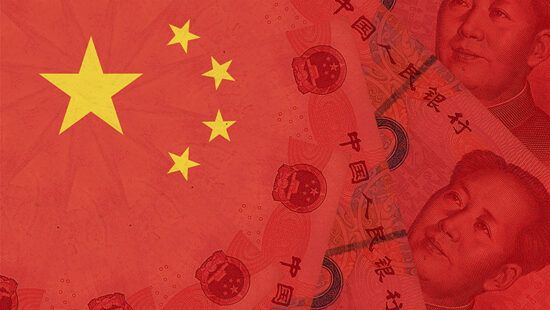China alone accounted for more than 90% of total capital outflows (see chart 1 below). Outflows from the country were almost seven times higher than in 2014, which was driven by several factors. First, net capital inflows into China evaporated as foreign direct investment slowed and foreign investors took money out of the country. Second, China-focused equity funds saw net outflows in excess of €7bn, according to Morningstar Fund flows data, while Asia-Pacific equity funds witnessed redemptions worth approximately €21bn. Bond fund flows also fell into negative territory.
Reminbi fears
On top of that, China suffered accelerating capital outflows from domestic investors and companies. According to the IIF, these outflows were largely due to concerns about a renminbi depreciation. “Data through Q3 suggest that a substantial portion of the outflows in 2015 reflected a reduction in dollar liabilities by Chinese corporates and, more recently, individuals, due to concerns about RMB weakening. This shift was reflected in declining loans in foreign currencies,” according to the report.

However, the dramatic deterioration in the capital flows balance can chiefly be attributed to foreign investors. The main culprits are foreign private creditors such as banks, who withdrew a net $257bn from emerging markets, in a big contrast to the $351bn in inflows in 2014.
Nevertheless, the outflows in 2015 may sound more alarming than they actually are. After all, China still has big foreign currency reserves, a large current account surplus and still very decent economic growth even if the numbers have been inflated. According to the IIF, other emerging market economies such as Brazil, Turkey and South Africa, with their large current account deficits, high levels of FX corporate indebtedness and unstable political situation, are more vulnerable in the event of elevated EM turbulence.
Click here to read the whole report.







